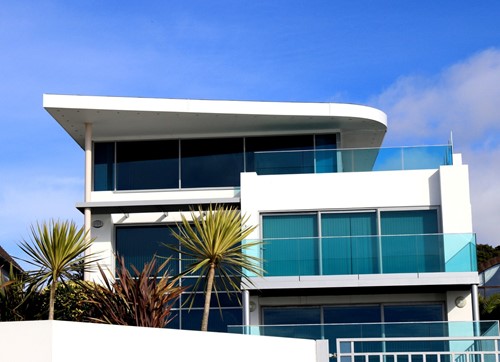Email: [email protected]

Photo by Expect Best from Pexels
Whether you’re buying, selling or simply decorating a home, knowing the differences between architectural styles will put you at an advantage. Some home styles are simple to define and recognize, while others are a bit more complex. Some popular styles, like modern and contemporary, might even sound like the same thing. Despite their similarities, modern and contemporary are terms for separate design concepts. Here we will go over the basics of how to recognize and define these commonly conflated terms.
One of the hardest things about differentiating modern and contemporary styles is that people commonly use the terms interchangeably. This accounts for a lot of the confusion and uncertainty regarding the difference. The key difference is that in design terms, modern refers to a specific time period, while contemporary means present day.
Even though it sounds new, modern architecture is a style that emerged in the early to mid-20th century. It came about as a rejection of the style norms of the time, which for architecture meant overly ornate homes that prioritized embellishment rather than practicality. In contrast with that, modernist architects wanted to simplify home designs and focused on simplicity and functionality. One key example was the omission of formal sitting and dining rooms that had been popular previously. These were extra, unused spaces and instead modernists opened up the main rooms into open floor plans to promote multi-functional environments.
Modern architecture uses streamlined and geometrical structures with clean edges and asymmetrical elements. Large windows are a common feature and minimalist furniture and other interior furnishings. Though many consider the modern style “cold” or uncomfortable, with furniture the opposite is often true: modern designers prioritized comfort and practicality over aesthetics.
While modern architecture relates to a very specific time and movement, contemporary architecture is more difficult to define. This is because by nature of its concept, it changes constantly as new trends and advancements become popular. A contemporary home today will not look the same as a contemporary home in the future because of the evolving landscape of exterior and interior design. Despite this, contemporary homes continue to showcase specific themes and elements, some of which they share with modern architecture. Large windows and clean geometric lines are common in contemporary style, as are open floor plans. Materials differ by time period, with more recent contemporary designs favoring sustainable and eco-friendly materials and features like built-in solar panels. It is also common to mix materials in order to create contrast. For example, a home primarily built of concrete may have wood or metal accents.
Overall, contemporary design will always include what is trending now. Though most contemporary homes draw on design elements of modern architecture, they will always be unique depending on the era and location in which they’re built. They will also differ in that they draw on other styles entirely in order to make something “new”—for example, favoring traditional or craftsman style exterior with an open floor plan.
It's difficult to differentiate these two styles, but knowing how to distinguish between them will help you make informed decisions when buying, selling and decorating. After all, though the words modern and contemporary sound like they mean the same thing, the differences can be very important to the look and features of the home.

Sharon offers buyers, sellers, investors and renters in Fairfield County and the Connecticut Shoreline a background in luxury sales, finance, visual presentation, contract negotiation and marketing. YOUR goals are HER goals …!
Whether you are relocating to or investing in Connecticut...right-sizing to a home with more or less space ... or considering selling your home ... ensuring your successful transaction, within your timeline, is Sharon's TOP priority!